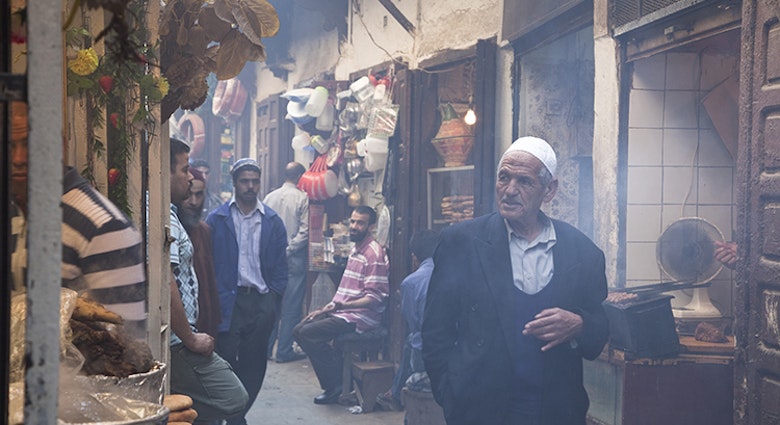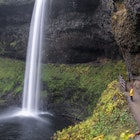If you’ve been to Guatemala, you’ve likely visited El Petén. Most travelers head straight to the northernmost department to witness Tikal, the legendary Maya city in the jungle. A sprawling site dotted with thousand-year old pyramidal temples that have been splendidly restored, it is certainly the country’s top attraction, not to mention its biggest source of tourist income.
Apart from harboring Tikal and numerous other intriguing remnants of the Classic Maya civilization, El Petén is also Guatemala’s natural wonderland boasting an extraordinary biodiversity and various ways to access it. As a vital complement to these attractions there’s Flores, the beautiful islet with the most sophisticated tourism infrastructure in the country.
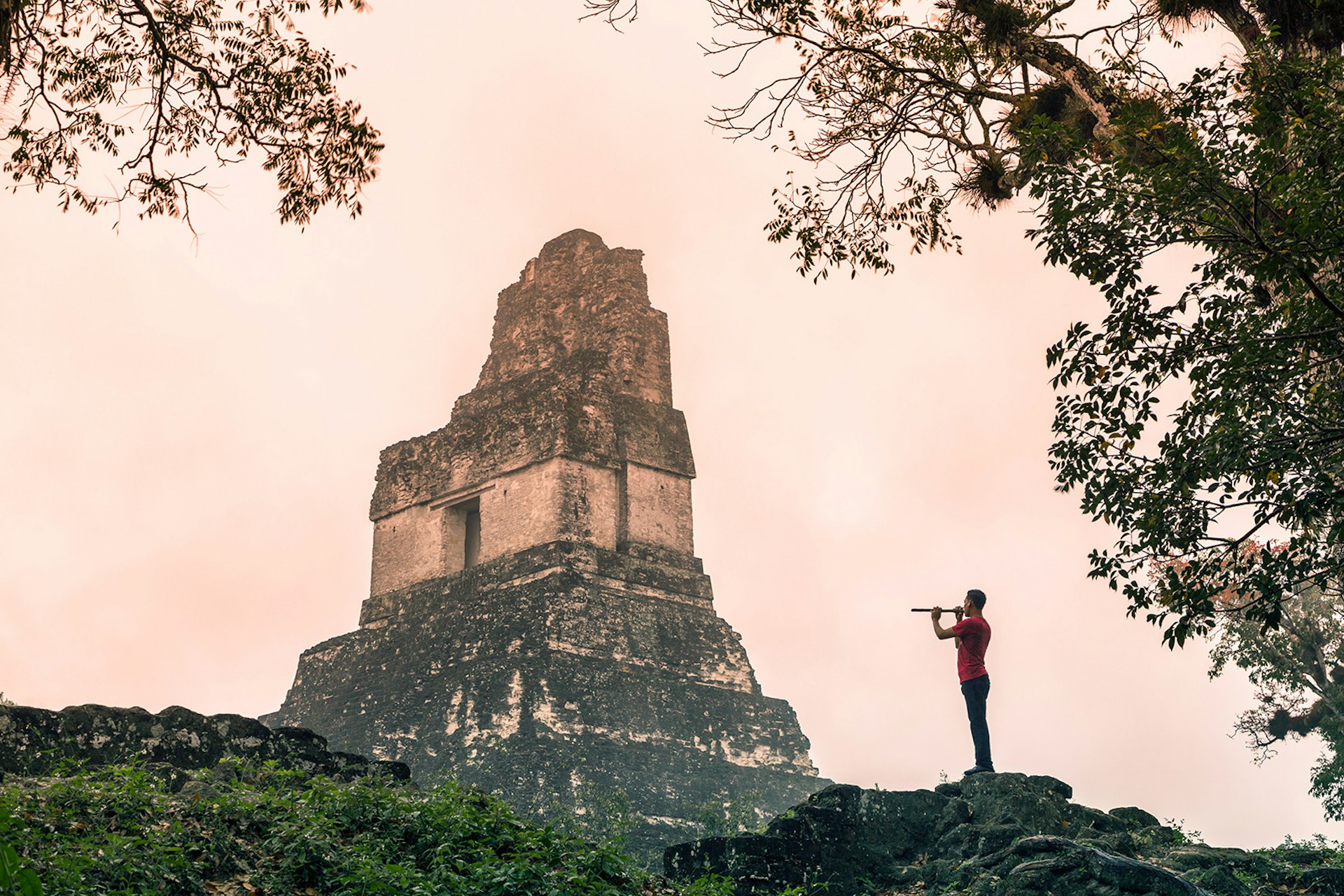
A region in transition: from jungle wilderness to tourism hub
Tourism aside, El Petén is a dynamic place with a growing population and transforming landscape that ought to make a fascinating subtext to your travels. Before the tourism boom brought about by the excavation and restoration of Tikal, El Petén was a sparsely inhabited, largely inaccessible part of the country, prized chiefly for its abundant hardwoods and sapodilla trees, whose sap provided the main ingredient for chewing gum.
That all changed in the 1960s when the government implemented a plan to populate El Petén, offering land to anyone who wanted it for a small fee. The result was a massive influx of people determined to grab their share of this land of plenty – roads were built, tourism bloomed, and more people arrived. From a scant 20,000 inhabitants in the 1950s, the population of the department has burgeoned to close to a million by some estimates.
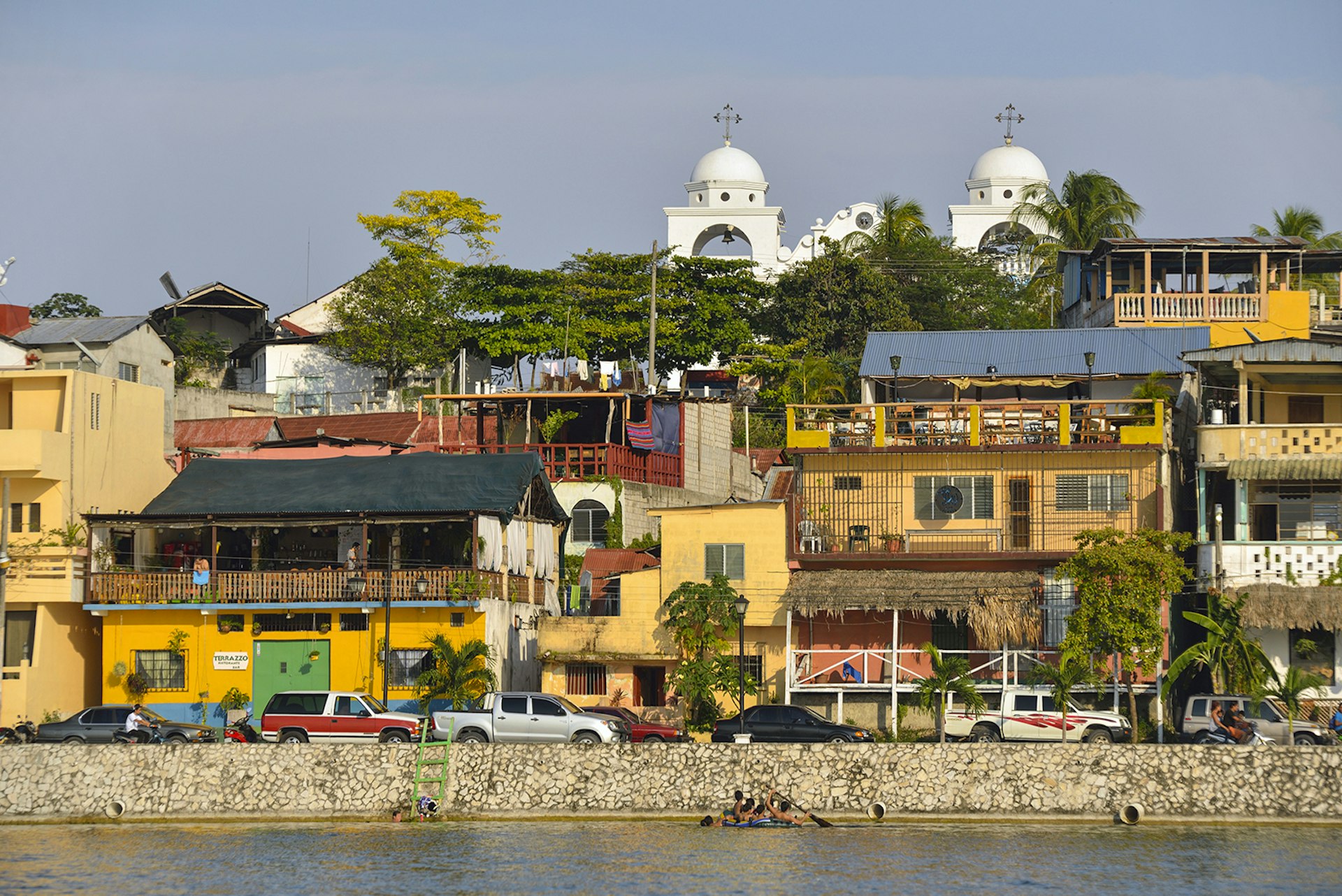
El Petén's indigenous heritage
Still, at least a few of El Petén’s denizens can claim a link to the civilizations that flourished there and then mysteriously expired prior to the arrival of European explorers. According to Reginaldo Chayax Huex, an octogenarian resident of San José on the north shore of the lake, the Itzá people (as in the namesake lake Petén-Itzá) can trace a direct lineage to the Classic Maya, with their capital on the isle of Flores before it was wrested from them by the Spanish toward the end of the 17th century. That descendants of the Classic Maya have held on in the vicinity of their origins is remarkable, especially considering that the group faced persecution by the Guatemalan government under President Jorge Ubico (1931-44).
Following a long and varied career during which he worked as a mule driver, carpenter, bricklayer and chicle harvester, don Reginaldo founded the Bio-Itzá Association to keep the language and culture of the Itzá people alive. One of the few surviving members of the group to still speak the language, he wants to propagate Itzá among the younger members of the community. Perhaps paradoxically, the institute is supported by a Spanish-language program which draws students from abroad.
“Indigenous people have a highly respectful attitude toward nature, first and foremost toward the land,” says Chayax, and a key component of the institute is a community forest reserve 24km northeast of San José, where Itzá healers endeavor to preserve their ancient knowledge of medicinal plants and herbs. Day tours, offered every Friday, include birdwatching and a visit to some remains from the Classic era. To commune more closely with the Itzá, you might join a week-long Spanish immersion course at the reserve.
The shift to ecotourism
More recent arrivals came from all over Guatemala but most were Q’eqchi’ Maya from the neighboring department of Alta Verapaz. Attracted by the region’s abundant lands and resources, the Q’eqchi saw in El Petén an opportunity to survive and commenced to cut down trees and raise cattle.
”There was the idea that you had a parcel of land, and if you cut down all the trees, and planted grass to feed your cattle, that this would have much more value,” according to Jeovani Tut Rodríguez, whose grandparents settled the community of Paso Caballos in the 1950s. Such activities have been prohibited since President Álvaro Colom mandated limits on agricultural expansion in the department, leaving the recent arrivals to ponder alternative livelihoods. Paso Caballos reoriented its priorities with the new agenda.
Estación Biológica Las Guacamayas
About a 30-minute boat ride down the river from the Q’eqchi village arose one of Guatemala’s shining examples of ecotourism, the Estación Biológica Las Guacamayas. Primarily a biological research station for the tracking and rehabilitation of the scarlet macaw population, it is coordinated by the environmental group Pro-Petén. A key goal of Las Guacamayas is to raise awareness of environmental issues among the Q’eqchi community in Paso Caballos and to train its members as guides for the station.
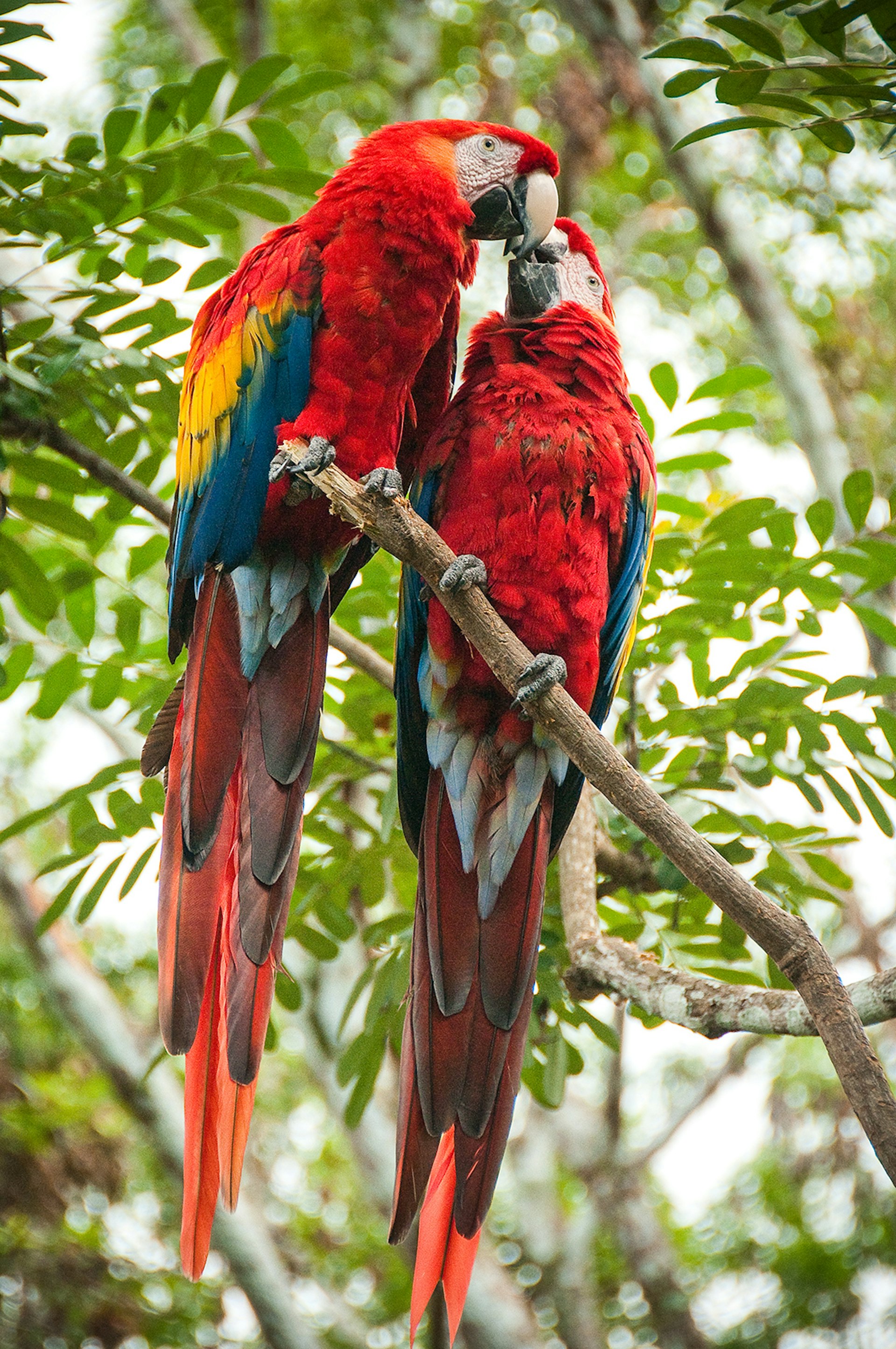
Aside from accommodating the foreign herpetologists, entomologists, and so on, who conduct their research here, Las Guacamayas has developed a stellar ecotourism program, with semi-luxurious cabins of tropical hardwoods overlooking the mirrored surface of the river and gardens of endemic plants adorning the grounds. Tut Rodríguez, the director of the station, holds an infectious interest in the reserve, marveling at the great numbers of peccaries that thrive off its fruit-bearing trees, the numerous bromeliads that produce sweetly fragranced orchids and the jaguars that roam the reserve and can be identified by the patterns of their spots, much like human fingerprints.
Tut and crew lead tours of varying length and complexity to familiarize visitors with such wonders, along with a major archaeological site, Waká, reached by continuing down the Río San Pedro. On the 7km hike from the dock to Waká, an Early Classic kingdom that left behind a number of carved stone stelae, locally trained guides point out bromeliads, mushrooms, orchids and snakes. Nocturnal crocodile tours are also on offer, as are night walks to observe frogs, reptiles and spiders.
Volunteering is also a worthy option here. You can help carry out this vision of sustainable tourism in the jungle by maintaining trails, installing signage or gardening, working closely with the locals.
Maya Biosphere Reserve
The Q’eqchi community of Cruce Dos Aguadas, 28km north of Flores, is a similar example of adaptation to a more environmentally sound agenda. It’s located in the ‘multiple-use zone’ of the Maya Biosphere Reserve, a 50,000 sq km expanse of protected rainforest that spans Guatemala, Mexico and Belize, where agricultural activity and logging are allowed on a limited scale. To complement those activities, a cooperative of 22 guides was formed. From their clubhouse, the guides lead three-day treks eastward through the jungle to Tikal via the lesser-known site of El Zotz.
El Zotz was an important city due to its strategic position along a major trade route, and the site, occupied during most of the Classic period, consists of ball courts, palaces and temples. But unlike at Tikal, excavations are at an early stage and it appears as a series of grassy mounds. The hilltop pyramid known as El Diablo is under excavation by the University of Southern California, and archaeologists have unearthed a series of well-preserved masks within the royal tombs. From its summit you can just glimpse the roof comb of Tikal’s Temple IV, some 25 km to the east; more locally you can appreciate the antics of the local spider monkey colonies as they swoop acrobatically through the treetops.
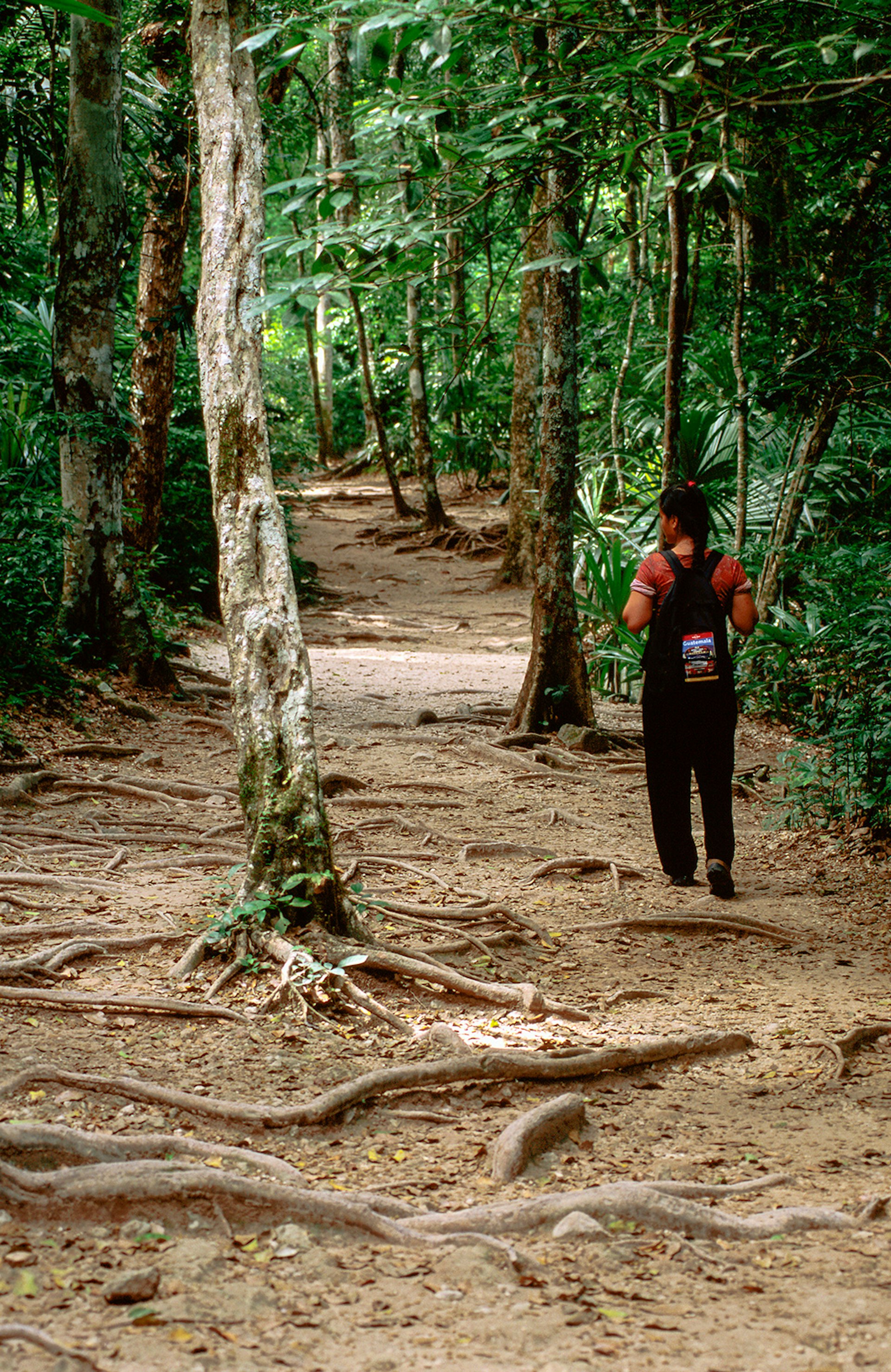
Planning for the future
In terms of ecotourism, El Petén’s development seems to be moving in the right direction, and by participating in these homegrown initiatives, travelers can contribute to the trend while gaining keener insights into contemporary Guatemala. Commenting on his own project, Jeovani Tut Rodríguez raises the question, “How can we conserve this vast jungle without economic alternatives? I take care of Las Guacamayas, which is here in my community, and Las Guacamayas creates opportunities for my community. The benefits are mutual.”
This article was refreshed in August 2017.


